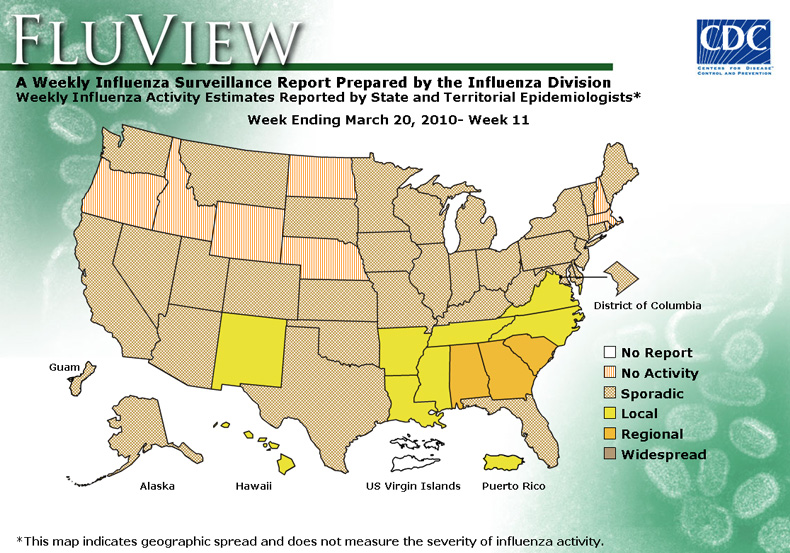Acording to the latest CDC estimates, there have been just over 12,000 deaths from pandemic 2009 H1N1. This stands in contrast to the 36,000 deaths from a typical flu season, a number widely advertised by HHS. This, along with similar fatality rates were observed worldwide, has led some to describe the H1N1 pandemic as “moderate” or even “mild.” But was that really the case ?
Mike Osterholm, of CIDRAP at the University of Minnesota, makes the point that such descriptions hinder us from remembering the true impacts from the pandemic and learning the right lessons.
Though H1N1 was of low pathogenicity overall, when it struck, it hit hard disproportionately against the young, who were immunologically naive, and against pregnant women, who have lower overall immunity. The average age of those who died was 34.7 years. Hence measures that factor in age, such as Years of Life Lost, show a much higher societal impact of H1N1.
Severe H1N1 cases involved deep lung infections and with tissue necrosis, soon followed by respiratory failure. This had of the effect of straining hospital intensive care units (ICU’s) to their operational limits, across several countries. In Australia, ICU’s were reportedly “at the point of collapse” in 2009. Hospitals in the U.S. adjusted visitation policies to limit the potential spread of infection.
Contrary to expectations, the second H1N1 wave reemerged in late summer continuing into the the school year, leading to record numbers of school closures, something that is not typical of normal flu epidemics. Though exactly hard to determine, school closures probably had some spillover effect on lost economic output, and productivity owing to worker absenteeism
In late October and mid November as the second H1N1 pandemic wave intensified, and as H1N1 deaths surged, there were insufficient vaccine supplies on hand to meet peak demand. A switch to cell-based methods of vaccine production, along with improved distribution methods, could have saved lives.
ABC: Swine flu put hospitals ‘on edge’ last year
Medscape Medical News: Lessons Learned From the H1N1 Pandemic Are Meager
Tagged: Care and Treatment, flu, h1n1, influenza, International News, pandemic flu, swine flu, US News, Vaccine Updates















